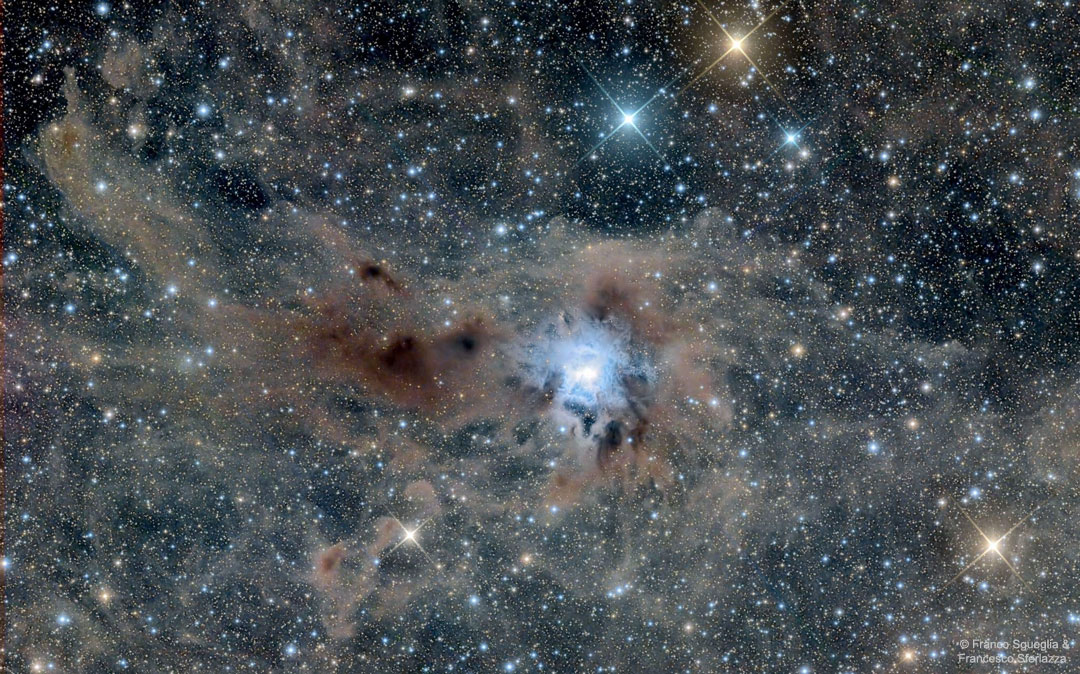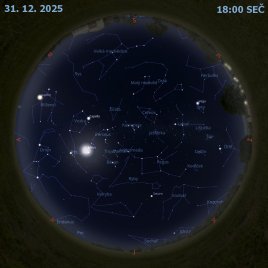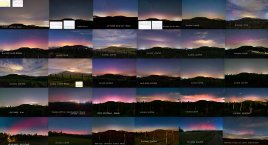Mlhovina Kosatec v poli prachu

Uznání a copyright: Franco Sgueglia & Francesco Sferlazza
Která modrá květina roste na tomto poli tmavého mezihvězdného prachu? Mlhovina Kosatec. Výrazně modrá barva mlhoviny Kosatec vzniká světlem od jasné hvězdy SAO 19158, které se odráží od hustého a normálně tmavého prachu. Nejenom že je modrá hvězda samotná, ale modré světlo z této hvězdy přednostně odráží prach, což je stejný jev, který činí pozemskou oblohu modrou. Hnědá barva všudepřítomného prachu pochází zčásti od fotoluminescence, která převádí ultrafialové záření na červené světlo. Mlhovina Kosatec, též katalogizovaná jako NGC 7023, se často studuje, protože je v ní neobvyklá hojnost polycyklických aromatických uhlovodíků (PAHs - Polycyclic Aromatic Hydrocarbons), komplexních molekul, které se také uvolňují při neúplném hoření dřeva. Jasná modrá část mlhoviny Kosatec měří asi 6 světelných let. Zde zobrazená mlhovina Kosatec se nachází asi 1300 světelných let daleko a dá se vyhledat i malým dalekohledem v souhvězdí Kefeus (Cepheus).
NASA Official: Phillip Newman Specific rights apply. NASA Web Privacy Policy and Important Notices
A service of: ASD at NASA / GSFC & Michigan Tech. U.
Odkaz na originální APOD


